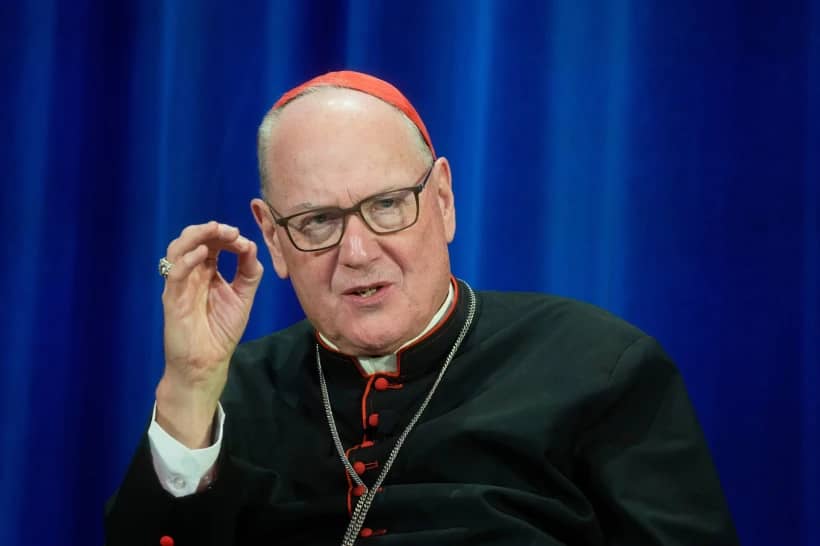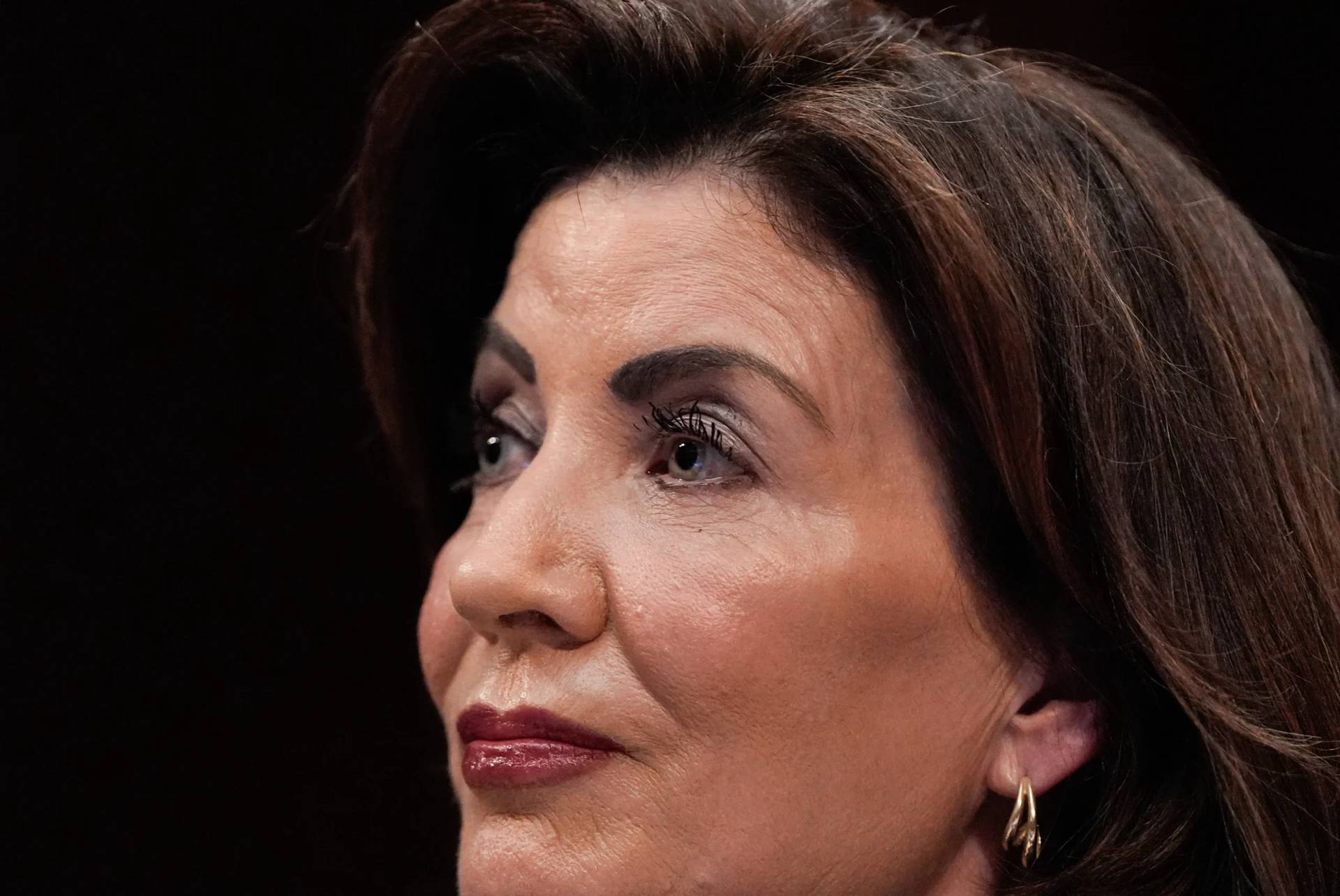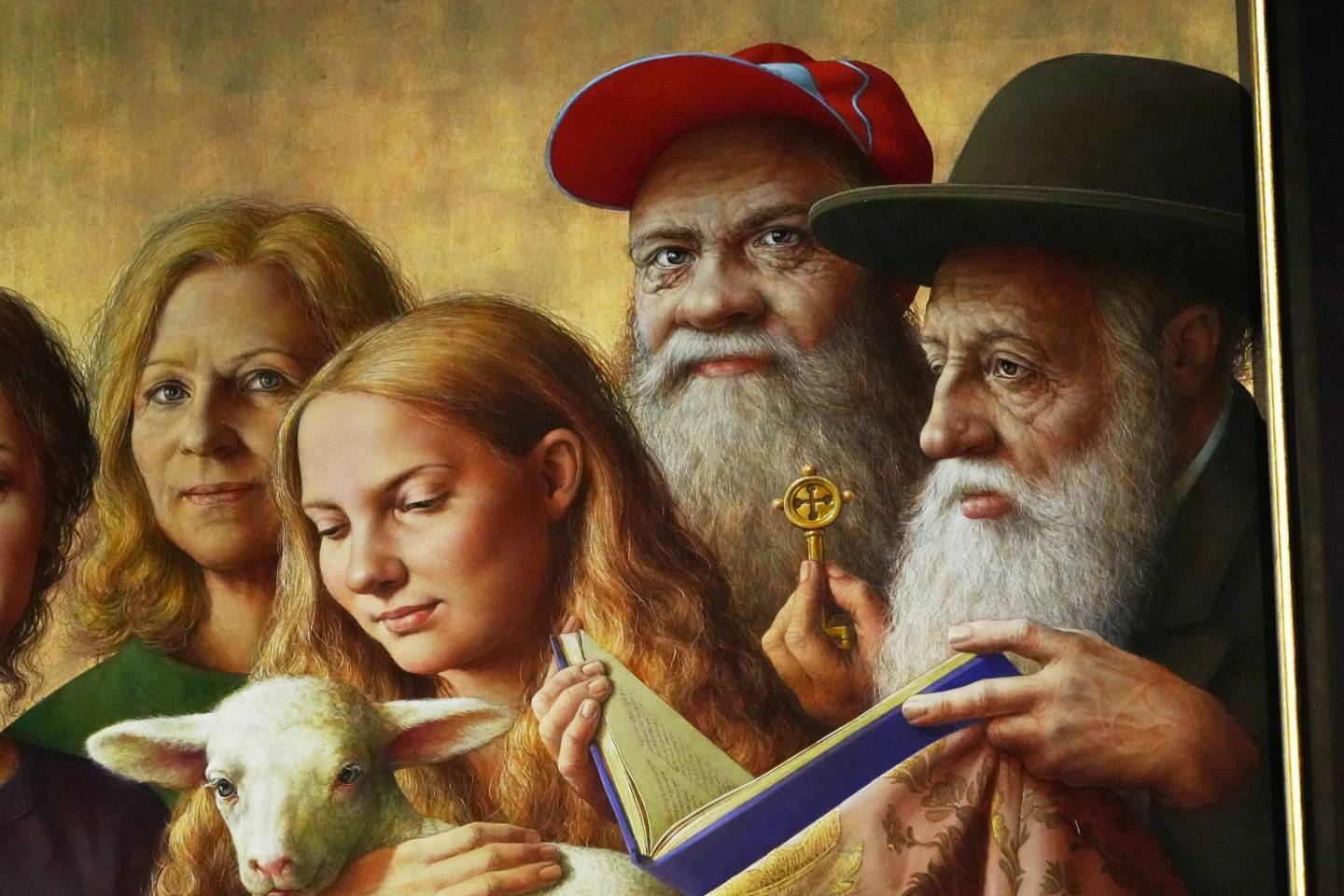ROME – Back in 2018, award-winning Italian journalist Paolo Ruffini broke a glass ceiling in the Vatican by becoming the first lay person to be named head of a Vatican dicastery. He was tapped to run the newly created department for communications, which brought together nine previously independent operations.
Originally established as the Secretariat for Communication in 2015 and led by Monsignor Dario Edoardo Viganò, it was turned into the Dicastery for Communication by Pope Francis on July 2018, after Viganò was forced to resign following the mishandling of a letter from Pope emeritus Benedict XVI that provoked a global outcry.
Ruffini had worked for several Italian newspapers, as well as RAI, the national broadcasting company, and had led the TV station of the Italian bishop’s conference before being tapped for the job, which sees him supervising hundreds of employees. His office oversees Vatican News, the Holy See Press Office, the newspaper L’Osservatore Romano, Vatican Radio, Vatican Press, The Vatican’s publishing house and its photography service.
“It’s important perhaps to highlight that the dicastery has many outputs. One thing is the Holy See Press Office, another thing is the system of the media of the Holy See, and this can be a reality also in many dioceses around the world,” he said on Thursday, during the last of six webinars organized by Rome’s Pontifical Holy Cross University as part of the series Inspiring Trust.
“But either as a press office or a media [operation], the rules must always be the same: Tell the truth, establish a true relationship, and don’t pretend to be the only means of communication,” Ruffini said in remarks delivered in an interview-format followed by some 600 people from over 60 countries, most working in the communications departments of diocese and religious orders.
“Those who deal with the communications of the Holy See are called to be at the service of unity within the diversity found within the Church,” he said.
With a budget of $52.5 million in 2020, the Vatican’s communications office accounts for some 20 percent of the Vatican’s yearly budget, meaning that it costs the Holy See more than all its embassies around the world combined.
The dicastery Ruffini leads has long been undergoing a process of reform, which he defined as “a path” that doesn’t have “an end game” but instead is continuous, adapting to the reality of the world, which, he said is ever-changing when it comes to digital communications.
“The reform of the Vatican’s communication services will never be completely finished, because we are keeping up with the times. Each one of us needs to feel challenged every day, not being afraid, without either inferiority or superiority complexes, and doing our best to guarantee that no one is left behind,” he said.
However, the heart of the reform when it comes to the Vatican’s communication team is neither organizational nor economic, he said, but missionary. Quoting Pope Francis’ remarks to the dicastery, Ruffini said that it’s not their job to “advertise” nor are they simply called to attract more people through “propaganda, marketing, or proselytizing.”
“In a technical word: you must not proselytize,” the layman said, quoting his boss. “I would like our communication to be Christian and not a proselytizing factor. It is not Christian to proselytize. Benedict XVI said it very clearly: ‘The Church does not grow through proselytism, but through attraction’, that is, through witness.”
Ruffini’s words came only days after Francis’ visit to the Dicastery of Communications, Vatican Radio and the headquarters of the Vatican’s newspaper, located in a palazzo at the opposite end of Via della Conciliazione to where St. Peter Square is.
In a warning of sorts to the Vatican communications staff, Francis opened his remarks to them with a pointed question: “There are a lot of reasons to be worried about the Radio, L’Osservatore, but one that touches my heart: How many people listen to the Radio? How many people read L’Osservatore Romano?”
Ruffini did not delve into this during his 45-minute remarks, but he did acknowledge that their job is to offer the best possible service to an audience that speaks 41 different languages and is present in virtually all the countries in the world.
“Digital communication allows us to be connected with the whole world, something unheard of not long ago,” he said. “It also allows us to move from the logic of unilateral communication to that of being in a relationship with our audience. It allows us to go from being producers of content to forging living relationships.”
“This era of digital communication also makes it easier for us to maintain that plurality of languages and cultures, and it has been and will remain an essential part of how we employ the talents of those who make this dicastery,” he said.
Ruffini highlighted the possibility of creating a synergy with the audience that is not “functional” but instead a communicative expression of “our being one entity, of our communion, of our capacity to dialogue with the whole world as brothers and sisters.”
“Our humble ambition is that of making the millions who follow us every day feel that they are protagonists, at the front lines of a collective adventure,” he said. “And this needs a Christian interpretation to be understood. In short, to involve them, rather than limiting them to the role of spectators. To create true bonds between them and us, and through us, between them and the Pope. This is our mission.”
Follow Inés San Martín on Twitter: @inesanma















